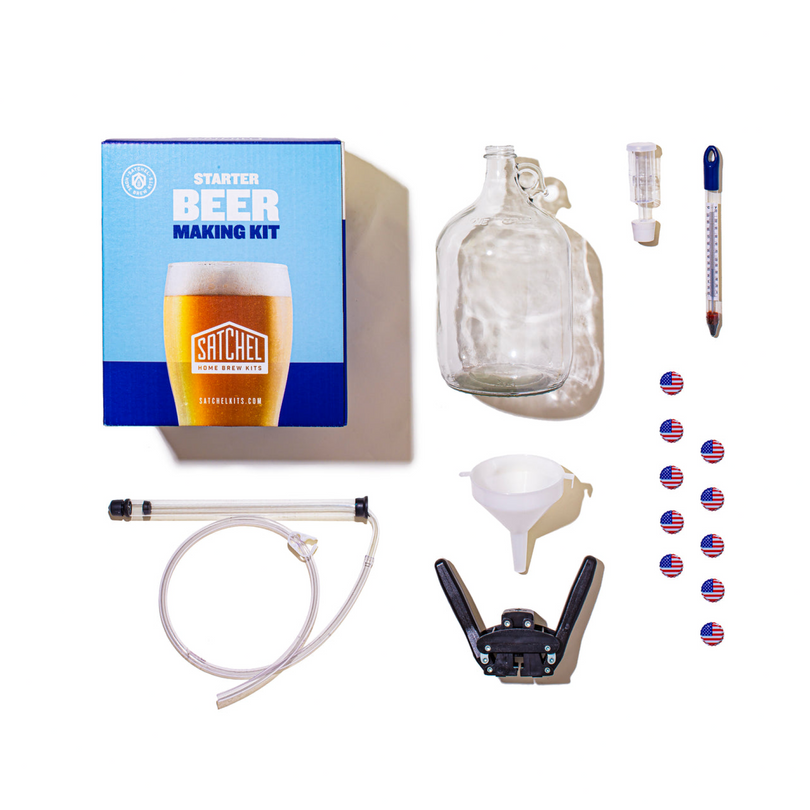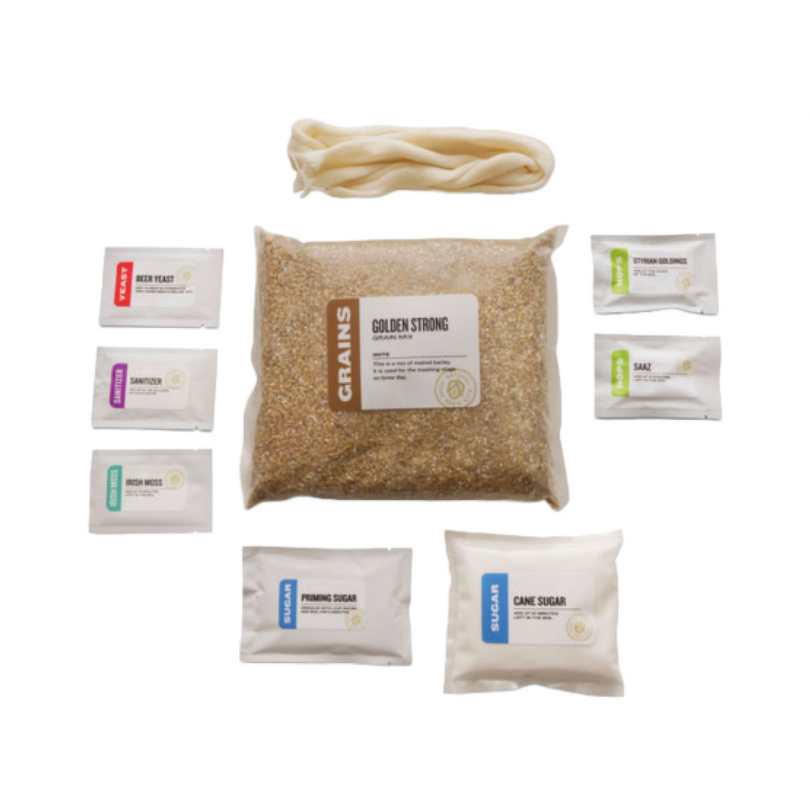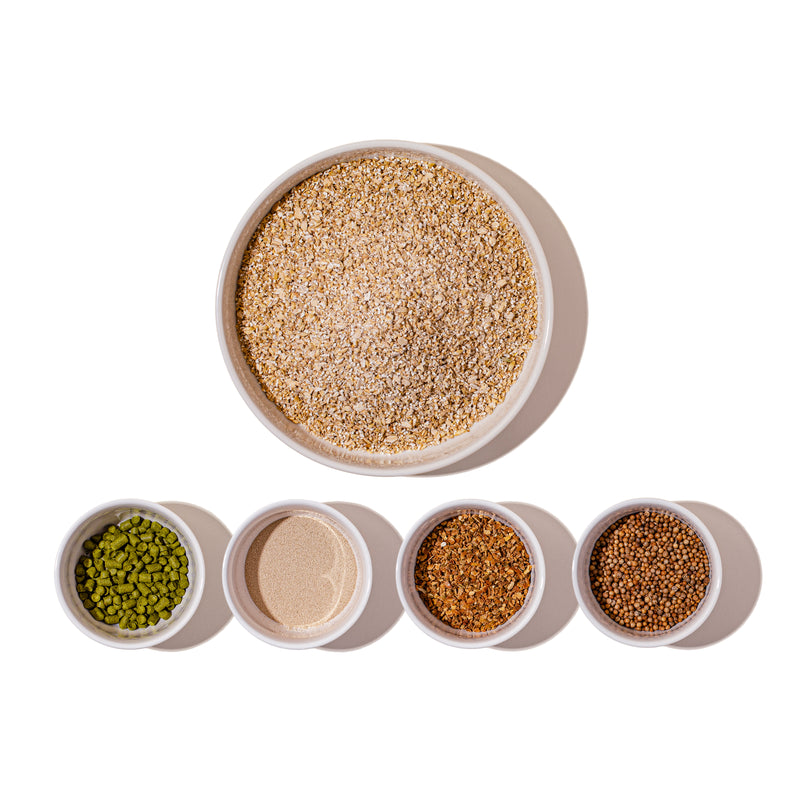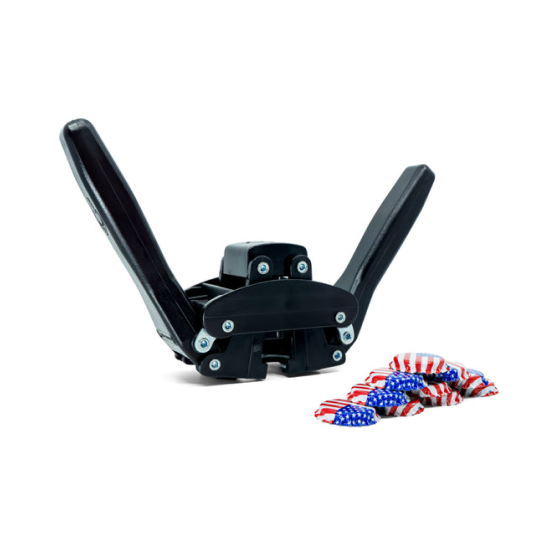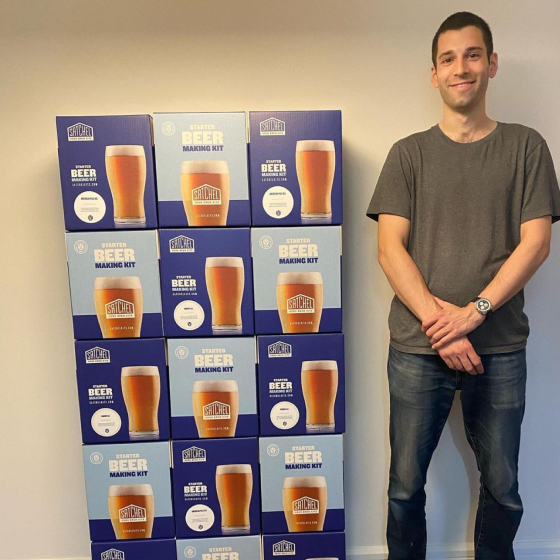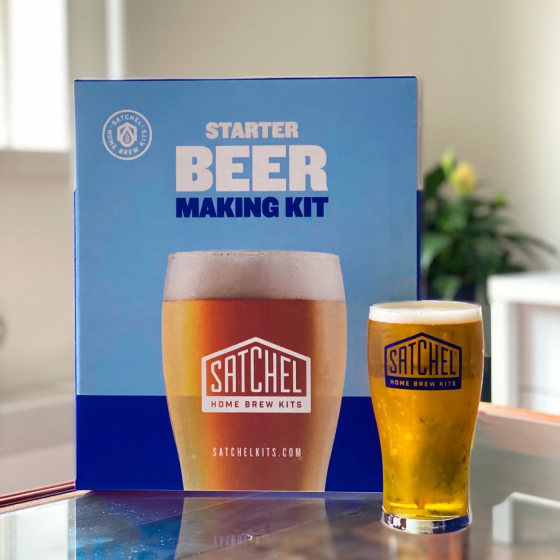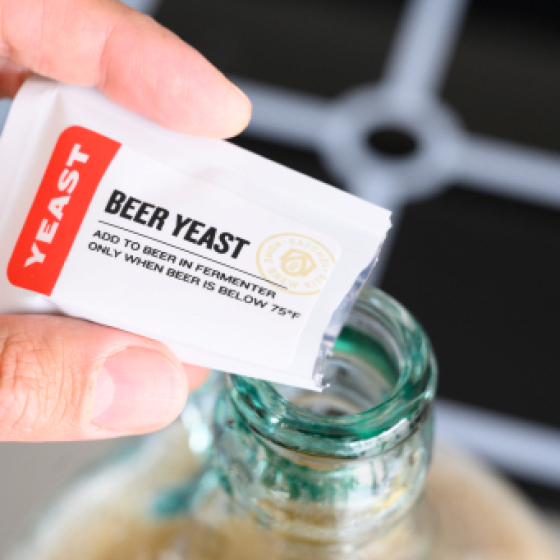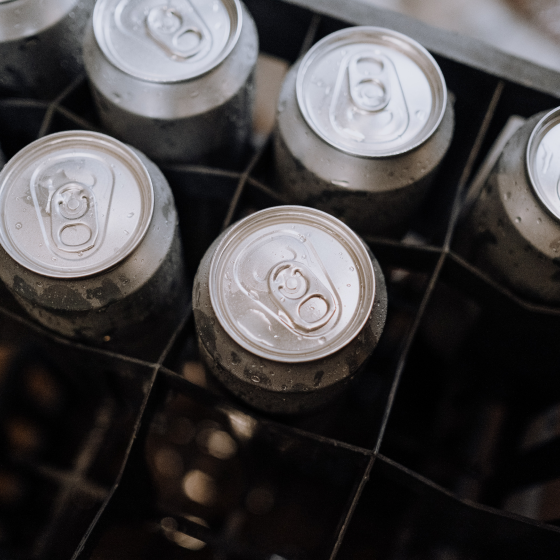On bottling day we brewers often reach for whatever is in the recycling bin or on the nearest store shelf. Sometimes this works just fine … but not always.
Let’s take a look at the ideal bottle types for carbonating and enjoying great home brew.

Here we’re selecting bottles specifically for bottle conditioning, or introducing sugar to beer after fermentation and containing it with a cap. (This is the Bottling Step in Satchel’s instructions - link here.) Because yeast that consumes sugar creates CO2, and a capped bottle will not release the pressure, the CO2 is absorbed into the beer which creates carbonation.
Ideally you want a non-twist off, dark bottle. Why non-twist off? Most cappers use evenly distributed pressure to seal the edges of the cap, which is essential to contain carbonation. If the lip is threaded the seal will be inadequate.

Shades
Let’s talk about bottle transparency. Darker bottles let in fewer UV rays, which is ideal since UV rays can quickly spoil a beer. For example, a clear bottle blocks out virtually no rays which is why beers like Corona often taste skunky. Similarly, green bottles let in a lot of light. In our experience, beers like Heineken and Becks also often feature variable tastes centered around skunkiness.
The safest shade to go with is brown. Brown bottles block out the most light and help preserve the flavor of beer.
That said, brown bottles are no excuse to leave bottled beer in a sunny room. Nor would we say clear and green bottles can never be used. If you are in a pinch and need to use a light colored bottle, you can. In these cases, be extra careful with avoiding light. If you are putting a mix of light and dark shaded bottles into a closet for example, put the lighter bottles in the back so there is less of a chance of contact with light.

Fun Fact:
Some breweries take light avoidance more seriously than others. This is evidenced by 6 packs with very high sides, exposing just the necks of the bottles.

Shapes and Sizes
Though not as crucial as transparency and seal, size and shape will play a role in the finished beer.
When referring to size, the “headspace” between the top of the beer line and the cap is the main factor to consider. You want about an inch. Much less than that and it will take longer for the beer to carbonate. Much more and the volume may not be enough for the beer to carbonate at all - there will not be enough yeast to eat enough sugar to create enough gas to fill the empty space. Leaving excess space in a bottle also means that the beer will be oxidized which brings a foul taste.
If you are bottle conditioning with a priming solution as we outline in our instructions, the size of the bottle doesn’t really matter so long as you are filling it with 1” of headspace remaining.

carbonation drops
However, if you are using carbonation drops (a great way to save time on bottling day), the amount of beer in each bottle correlates directly with carbonation levels. For example, one Mangrove Jack carbonation drop is good for about 375 ml of beer (roughly 12 oz). If you are, for example, filling 750 ml (roughly 25 oz), you would need to use two drops. The best way to dose correctly is to refer to the instructions on the bag of carbonation drops you have. Again, with priming solution, you don’t need to worry because the sugar is evenly mixed into all of the beer.

Bottle Shape
Shape is a factor mainly when it comes to pressure.
Warning: Exercise caution when experimenting with carbonation levels. If you over-carbonate a beer, you run the risk of having an exploding bottle. This is called a bottle bomb and it can be so powerful that it sends shards of glass into a ceiling.
That said, our research has found some bottles to be more tolerant of pressure than others. For example, if you pick up an Orval Trapist bottle, you will note that it is substantially heavier than the average bottle and it is also shaped like a champagne bottle so it can hold the very high carbonation levels associated with this style of beer.

Shape Style
It is our understanding, but certainly not our guidance, that shorter/fatter bottles such as Lagunitas and Sierra Nevada can hold higher carbonation levels than taller/thinner bottles such as Bass Ale. Again, we have not tested this enough to give guidance on what size bottle works with which pressure and caution you to be extremely careful when exploring carbonation pressure.
For reference, a typical American style Lager is carbonated to roughly 2.5 vol while a Belgian Golden Strong is closer to 3.3 vol.
Recommended Bottles
Through countless hours of bottling, we have found some bottles in our rotation more than others. To hopefully save you some time, money, and aggravation, below is the list of some bottles we love in no particular order.
Bottles to use
● Two Roads
● Lagunitas
● Sierra Nevada
● Sam Adams
● Bass
● Kona
● Harpoon
● Allagash
● UFO
● Duvel
Bottles to Avoid
● Stella, not 12 ounces and smaller mouth
● Coors
● Miller
● Budweiser
● Corona
● Heineken
● Blue Moon
● Blue Point (very surprising that they use a twist-off)
